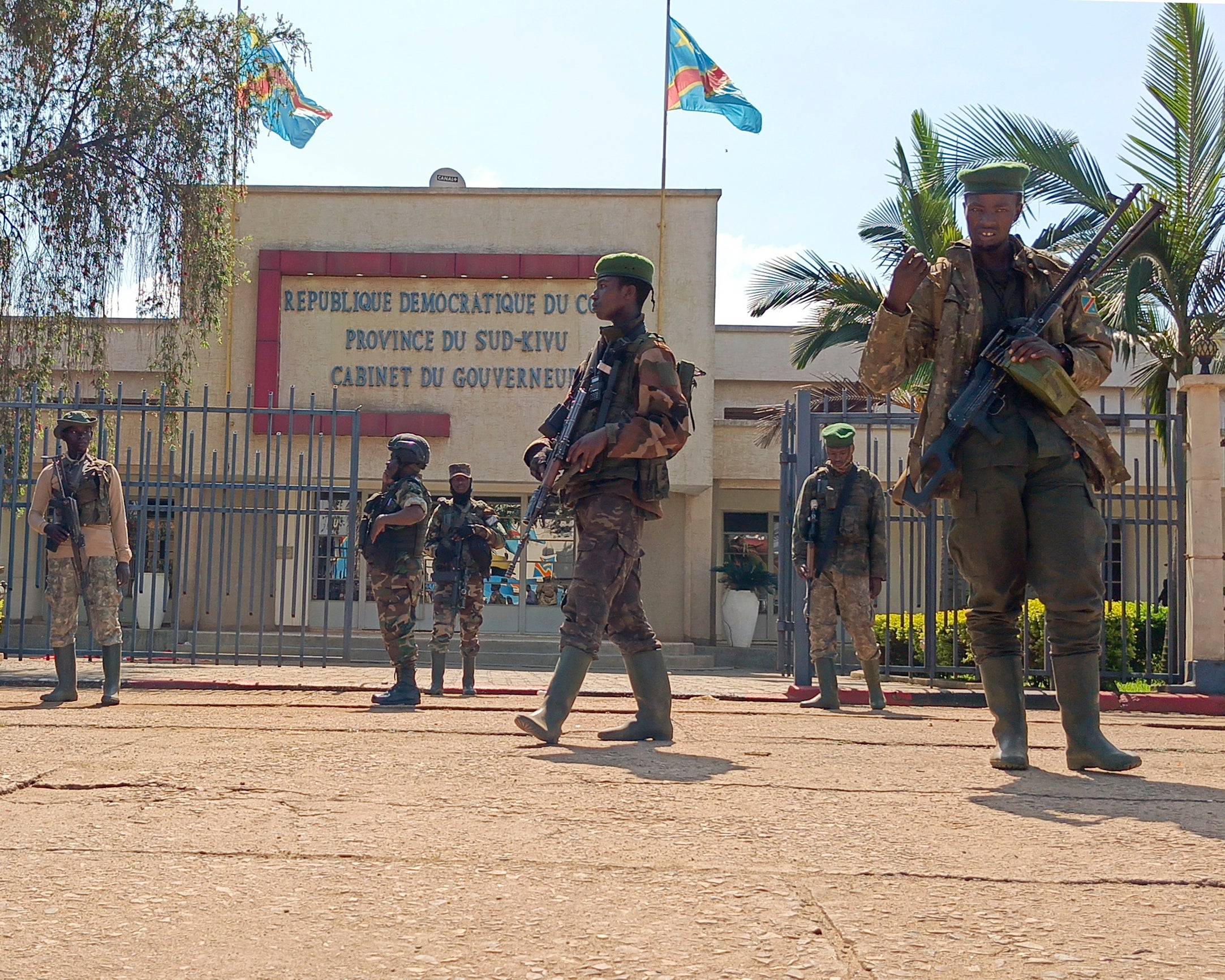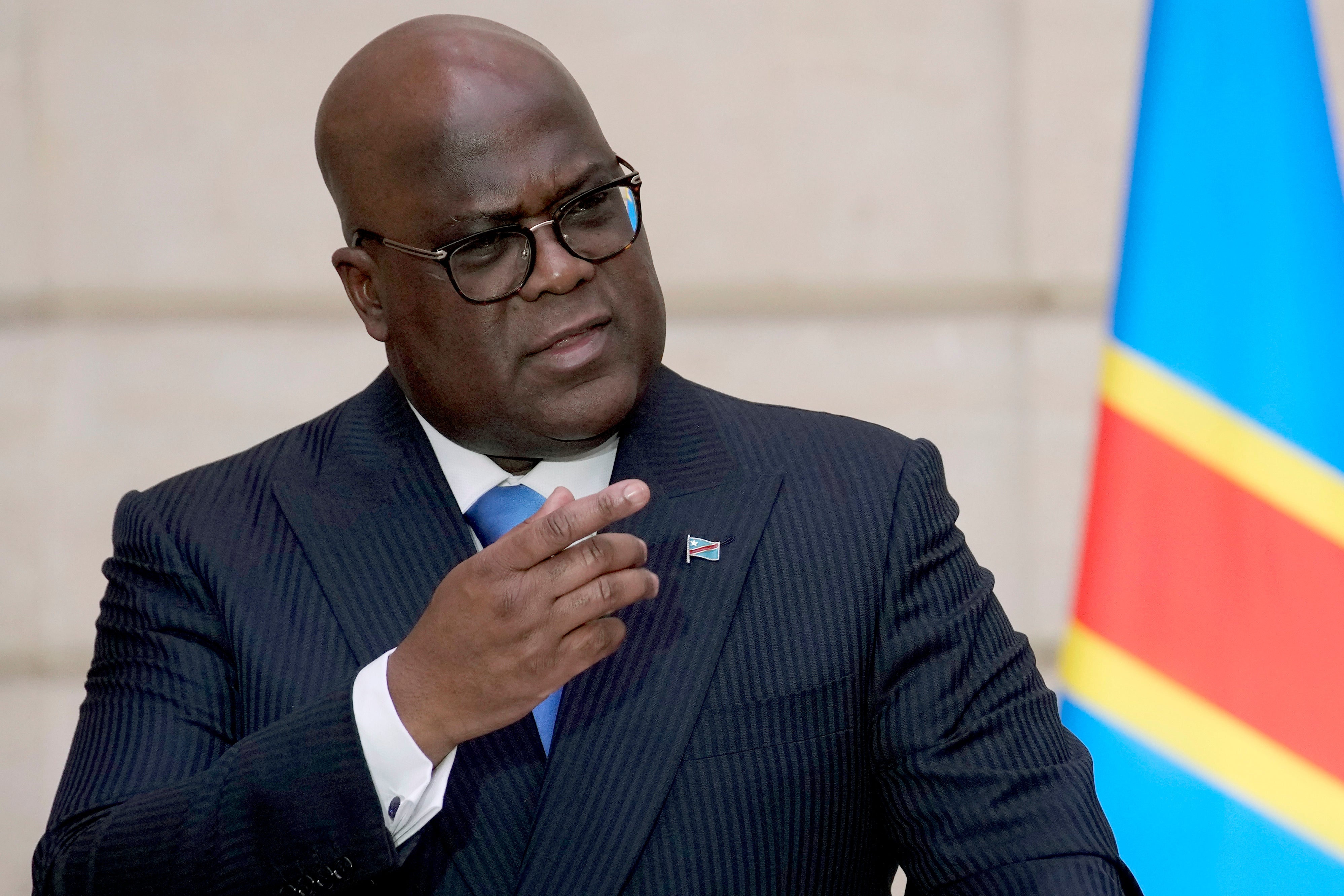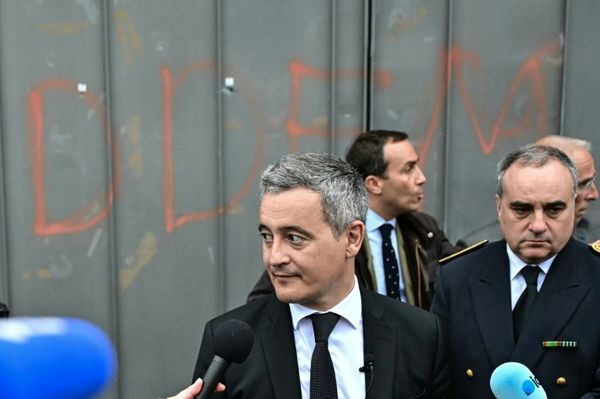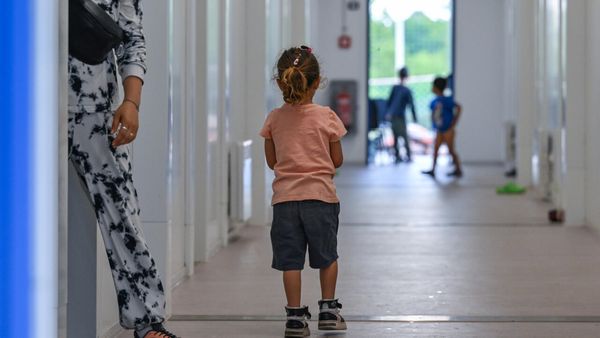
Rwanda-backed M23 rebels have seized two strategically important cities in eastern DR Congo in under a month, marking a significant escalation in their long-running conflict against Congolese forces.
This rapid advance has sparked fears of a wider regional war.
Bolstered by thousands of Rwandan troops, the M23 rebels first captured Goma in January before seizing Bukavu this weekend.
This offensive represents their most significant territorial gain since taking up arms over a decade ago.
Who are the rebels, how have they managed to capture more ground, and what is being done about this?
Here’s what you need to know.
Who are the M23 and what do they want?
The M23 is one of approximately 100 armed groups vying for control of Congo's resource-rich east. Unlike other factions, the M23 primarily comprises ethnic Tutsis who were not integrated into the Congolese army.
The group claims to be protecting ethnic Tutsis and Congolese people of Rwandan descent from discrimination. However, critics argue that this claim masks a Rwanda-backed campaign to gain economic and political control over the region.
Both US and UN experts have confirmed Rwandan military support for the M23, including troops and weaponry.
Meanwhile, Rwandan President Paul Kagame has accused Congolese President Felix Tshisekedi of disregarding the concerns of Congo's Tutsi population and failing to honour previous peace accords.
How have they managed to capture more ground?
The M23’s takeover of Goma in North Kivu province witnessed intense fighting with government and allied troops that left bodies lying in the streets and thousands of Congolese soldiers surrendering their arms.
But the rebels apparently had it much easier in Bukavu, 100 kilometres south of Goma, where residents reported Congolese forces fleeing as M23 fighters marched into the city with little resistance.
The reasons for the timing of M23’s “all-out assault” could be the realisation that they faced only limited resistance and were pushing against an open door, the International Crisis Group think tank said.

What is being done to resolve the conflict?
The international community has used mostly the same rhetoric since the latest M23 advance started on Jan. 26, with countries emphatic on dialogue and the rebels' withdrawal but stopping short of financial and diplomatic pressure on Kigali, as was the case in 2012, when M23 took Goma before pulling out.
A summit of leaders from eastern and southern Africa called for an immediate ceasefire but notably didn’t call for the rebels to withdraw from Goma.
Observers have said the muted international pressure on Rwanda is partly because of the guilt over the failure to intervene to stop the 1994 genocide in Rwanda as well as the country’s evolving stature under Kagame both in Africa and the West.
Murithi Mutiga, Africa director at the ICG, said it's African countries largely to blame for ignoring the warning signs of the conflict. He said the latest fighting was "a failure of African mediation”.
Unlike in 2012, when they withdrew from Goma in less than a week, the M23 has become more emboldened by Rwanda’s support with troops and weapons, Mr Mutiga added.
Could this escalate into regional warfare?
The conflict has regional complications with the involvement of Congo's southern and eastern neighbors, whose armies were invited by Tshisekedi when M23 resurfaced at the end of 2021.
Some of Congo's allies have suffered losses, including South Africa with 14 peacekeepers killed in the fighting for Goma. Authorities in Burundi also say their troops have been attacked by the rebels.
“The risk of a regional confrontation has never been higher,” Mr Mutiga said.
The concerns about an escalation beyond Congo also stem from the country's wars between 1996 and 2003, when Congo's neighbors and armed groups fought over access to metals and rare earth minerals such as copper, cobalt, lithium and gold.
Up to six million people have died during the protracted conflict dubbed “Africa’s world war”.

What is Congo’s government doing?
Tshisekedi, who has threatened his country would fight back, has continued to demand action from the international community, which he says has failed to pressure Rwanda.
Although Congo's government has said it is open to talks that M23 leaders have also agreed to, authorities in Kinshasa say they must be held within the framework of past peace agreements and not M23’s advance.
On the other hand, M23 is eyeing political power and says it's fighting corruption and bad governance in areas it now controls. The group has said it is open to “direct and sincere” dialogue to address the root causes of the conflict and enforce a ceasefire only if the Congolese military stops their military campaign in the region.







